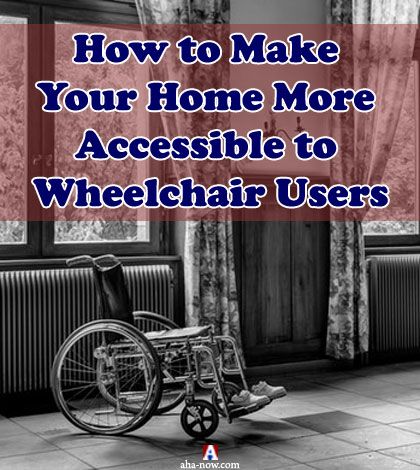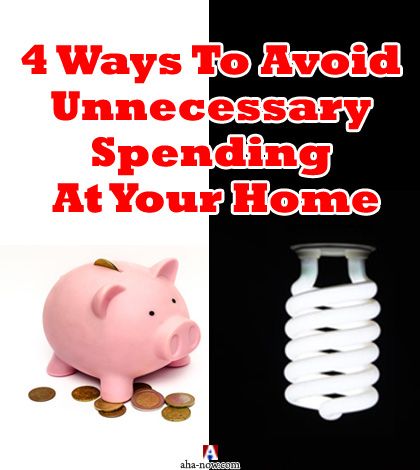How to Make Your Home More Accessible to Wheelchair Users

Table of Contents
Wheelchair users or people with mobility issues require special modifications at home. Experts can help to remove the challenges that disability brings for people at home and overhaul to make it accessible and safe. There are various options to make the home handicap accessible by installing a ramp, handrails, and grippy mats. Here are more tips to make your home more accessible to wheelchair users and people with mobility issues. ~ Ed.
Disabilities can affect the way we operate in our daily lives, even in spaces as comfortable and familiar as our homes.
If you or a family member has recently become a wheelchair user, the house can suddenly become a challenging place. Bathrooms, stairs, doorknobs, and more can become hazardous and overwhelming.
A few solutions can address these obstacles to create comfort, safety, and independent living.
Let’s explore how to make your home more accessible for you or your family!
9 Tips to Make Your Home More Accessible to Wheelchair Users
An accessibility overhaul that modifies your home with handrails, ramp, and stairlift if needed will make it more convenient for the wheelchair users and people with limited mobility. Here are all the tips in detail.
Stair Lifts
Stairs can be a huge obstacle for those in a wheelchair, so a stairlift is an excellent option for accessibility. They come in a variety of styles, and you can install them as a permanent solution to your mobility needs.
Some of the best-used stairlifts online can turn multi-level homes into an accessible oasis. Installing a stairlift can level out your home, so there are no limits.
Install a Ramp
Stairs are quite common in many architectural styles, even with single-story homes. Many homes will have one or two stairs leading to the doorway or potentially in an interior space. A ramp can make those select few stairs easy to push past.
Ramps are available in many forms, including threshold ramps for entryway steps and portable ramps for any stairs you encounter while out and about. There are outdoor and indoor ramps to help make any home safe to access for wheelchairs, walkers, power chairs, and more.
Bathing Barriers
The bathroom is a home space riddled with obstacles. Wet and soapy floors present hazardous, slick tiles while counter-tops and tubs are not forgiving to frequent falls. The container is especially challenging since most tubs have tall sides to keep in water.
If you have mobility issues, a step-in tub is an ideal choice to avoid straddling the tall sides of the bath. You will reduce the risk of falls. The risk will be even lower if you line your tub with slip-resistant lining.
Toilet Troubles
Another problem area in the bathroom is the toilet. Using the toilet requires balance as one sits down and stands up. Consider installing handrails to eliminate the need to balance without support. Another option is a safety frame around the toilet to increase comfort and safety.
Hand it to the Handrails
A life-saving addition to any home are handrails for those prone to falls, with low mobility, or struggling with balance. Bars can help with getting up out of beds, chairs, or the bathrooms.
Grab rails in certain areas, like the bathroom, decrease the risk of falling. Also, handrails provide a way for people to lift themselves into a seated position if they do fall. Overall, it increases independence and provides peace of mind.
Ding, Dong, Ditch the Knob
From the moment someone walks up to your front door, the doorknob can become a barrier to access. Most doorknob styles are hard to grip for those with mobility issues. Instead, press lever handles, push/pull bars, or even automatic doors improve accessibility. The right doorknob sets the tone for how comfortable your home will be to navigate.
New Look
Is your home an obstacle course in disguise? Re-consider the layout of your home. It should allow for smoother navigation for those in a wheelchair or with low mobility. Ideally, there will be no narrow passages or sharp turns.
Daily items, like bookshelves, kitchenware, and comfy chairs, should be easy to access. The improved layout might mean placing things on lower shelves for those with mobility devices.
Mindfulness
Surfaces like tile can quickly become a hazardous, slick space. Thick rugs, hardwood floors, and rough grout also present hindering surfaces for those with canes, walkers, and wheelchairs. In some cases, it is better to exercise mindfulness by using smooth, slip-resistant surfaces. There should always be grippy mats in showers and the bathrooms. Do your best to make sure surfaces in the home are not slippery or pose risks for tripping.
Expert Opinion
An accessibility overhaul will need a few guiding tips to form an expert. This expert can help you with converting your home into a handicap accessible space and help you navigate the myriad options. Ultimately, this overhaul will lead to a comfortable, safe, and convenient place for years to come.
Wrapping Up
It helps people with limited mobility if your house is modified as per their needs.
If any member of your home is a wheelchair user, then a ramp makes it convenient for access by wheelchair. Stairlifts are a good option to access higher floors for the mobility impaired.
One of the major challenges for people with mobility issues is using the bathroom and the toilet. A step-in tub, slip-resistant lining, and installing handrails are some of the solutions to make them accessible as well as safe.
Press lever handles on the doors, eliminating narrow passages or sharp turns, installing lower shelves, and non-slippery surfaces are some crucial aspects that you can keep in mind when modifying your home to make it more accessible to wheelchair users.
It’s best to take the help of an expert if you want to overhaul and make your home handicap accessible.
Over to you
Is your home accessible to people with mobility issues? Share your tips and experiences in the comments.
Disclaimer: Though the views expressed are of the author’s own, this article has been checked for its authenticity of information and resource links provided for a better and deeper understanding of the subject matter. However, you're suggested to make your diligent research and consult subject experts to decide what is best for you. If you spot any factual errors, spelling, or grammatical mistakes in the article, please report at [email protected]. Thanks.











Thanks for pointing out that handrails are also important in making sure that a place is accessible to persons with disabilities. My parents are planning to have some handicap accessibility ramps installed in their home soon because my father’s knees has been getting weaker and weaker these past few months. If ever he has to resort to using a wheelchair, it would be important to make sure that he can move around on his own.
We’ve currently been house hunting with the intention of taking in my elderly father. I appreciate your comprehensive article on making sure a home is wheelchair friendly. It helped greatly with our list of things to watch for in making sure our new home will meet his needs. Plus I never considered the door knob versus press level obstacle, at least with that one it’s a easy fix.